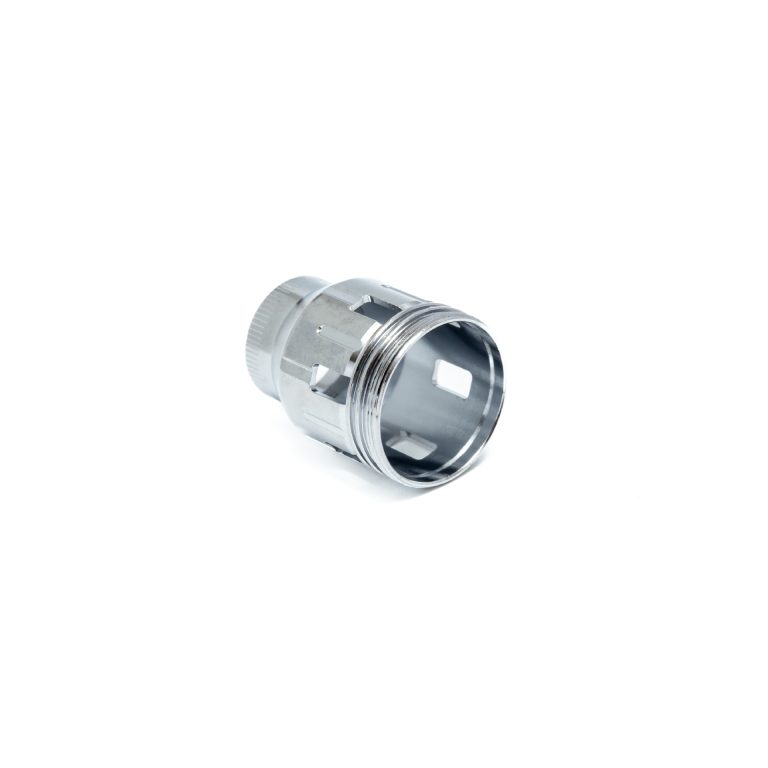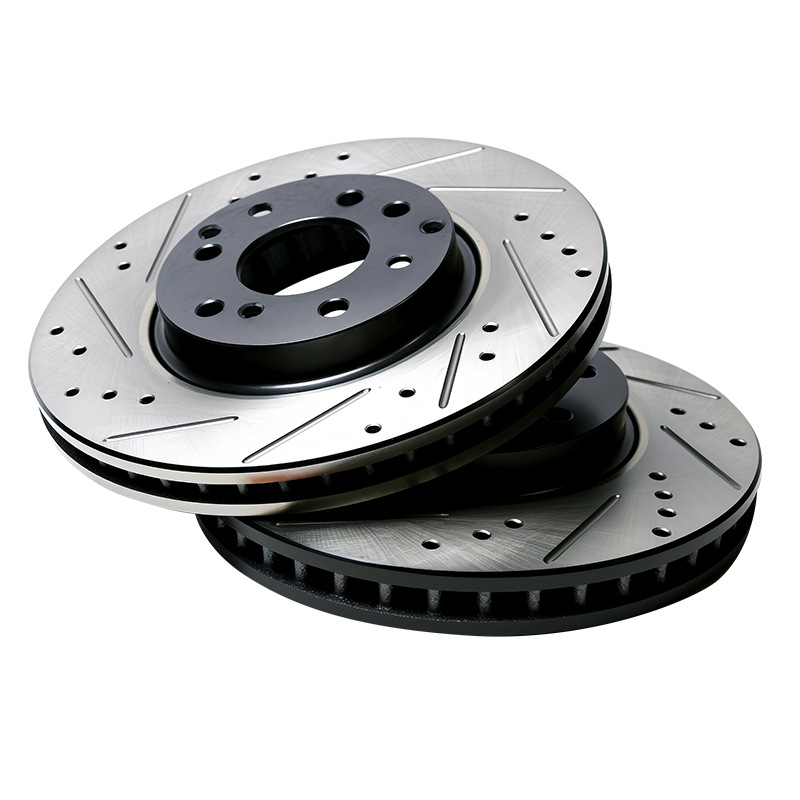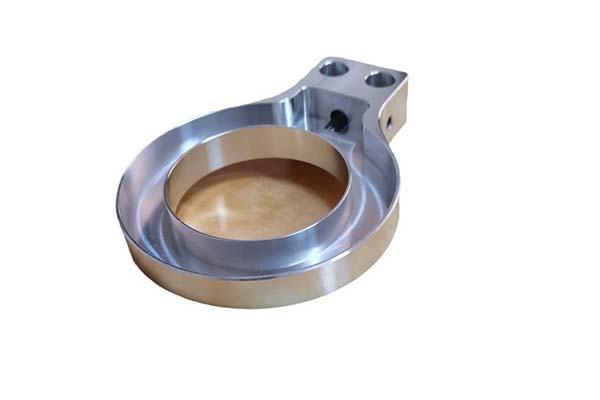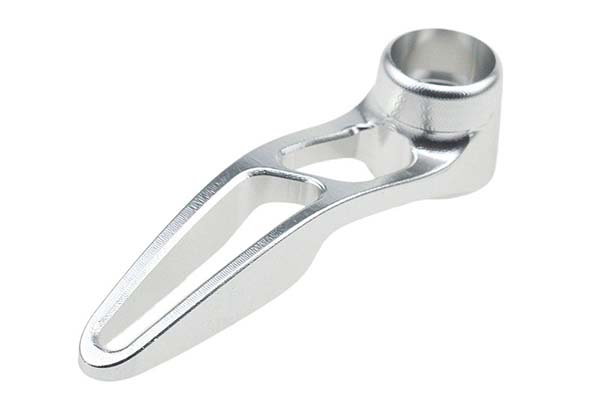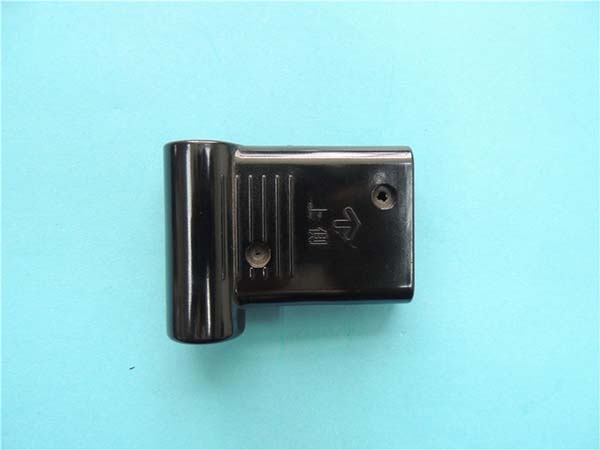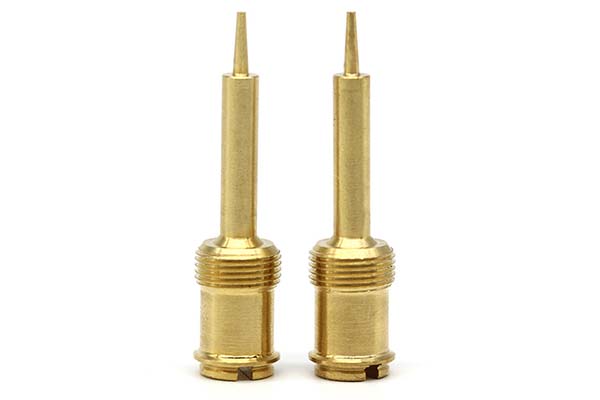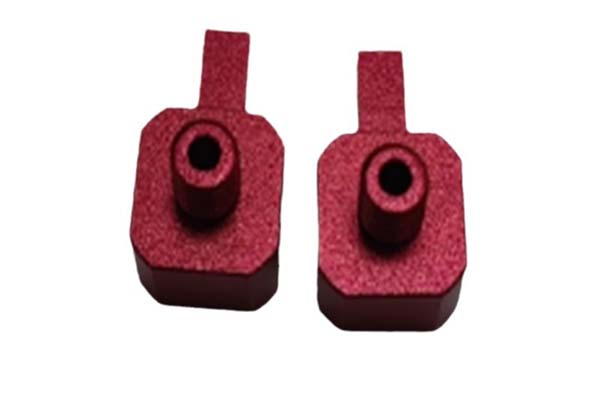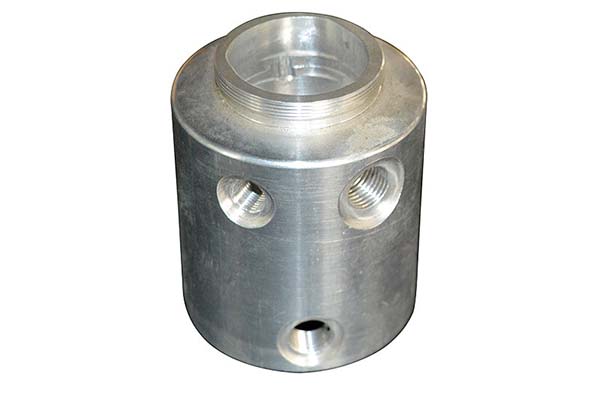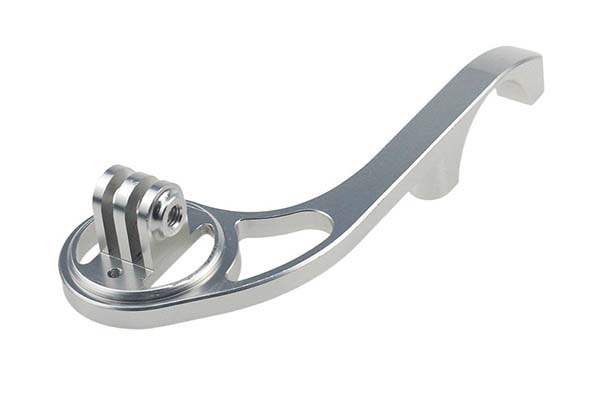Introduction to Aluminum CNC Machining
Aluminum CNC (Computer Numerical Control) machining is a cutting-edge manufacturing method that employs computer-controlled machines to produce parts from aluminum. This technology allows manufacturers to craft components with exceptional precision and intricate designs, making it the go-to choice for industries where high accuracy and durability are paramount. In this article, we’ll delve into the intricacies of aluminum CNC machining, exploring its benefits, processes, and key applications across various sectors.
What is CNC Machining?
CNC machining uses automated, computer-controlled systems to operate machine tools such as lathes, mills, grinders, and routers. Unlike traditional manual machining, where the operator directly controls the machinery, CNC machines follow pre-programmed instructions, streamlining the production process. This automation not only enhances efficiency but also ensures a higher level of consistency, significantly reducing the risk of human error.
Why Choose Aluminum for CNC Machining?
Aluminum is considered one of the most versatile materials in modern manufacturing, offering a range of properties that make it ideal for CNC machining:
- Lightweight: Aluminum is much lighter than many other metals, making it an excellent choice for applications where weight reduction is critical—such as in aerospace and automotive industries.
- High Strength-to-Weight Ratio: Despite its lightness, aluminum boasts impressive strength, enabling its use in structural components that require durability.
- Corrosion Resistance: Aluminum naturally forms a protective oxide layer, which guards against corrosion, extending the material’s lifespan.
- Excellent Thermal Conductivity: With its high thermal conductivity, aluminum is an ideal material for applications like heat sinks and other thermal management components.
- Ease of Machining: Aluminum is relatively easy to machine, allowing for intricate designs, fine details, and complex geometries.
The Aluminum CNC Machining Process
Step-by-Step Process
- Design: The machining process starts with creating a detailed design using CAD (Computer-Aided Design) software. The digital model serves as the blueprint for the part.
- Programming: The CAD model is then converted into a CNC program using CAM (Computer-Aided Manufacturing) software. This program contains all the precise instructions for the machine to follow.
- Material Preparation: The aluminum material is selected and prepared—cut to size and securely fastened to the CNC machine's worktable.
- Machining: The CNC machine precisely follows the programmed instructions to cut, shape, and form the aluminum. This process may include roughing, semi-finishing, and finishing stages, depending on the part’s complexity.
- Inspection: After machining, the part undergoes thorough quality control checks to ensure it adheres to the required specifications and tolerances.
- Finishing: To enhance the part’s appearance or functionality, additional finishing steps such as anodizing, coating, or painting may be applied.
Common CNC Machines Used for Aluminum Machining
Several types of CNC machines are commonly employed in aluminum machining, each designed for specific tasks:
- CNC Milling Machines: These are highly versatile machines capable of a wide range of operations, including drilling, boring, cutting, and shaping, making them essential in aluminum machining.
- CNC Lathes: Typically used for turning operations, these machines rotate the aluminum material against a stationary cutting tool to create cylindrical parts.
- CNC Routers: Ideal for cutting 2D and 3D shapes from aluminum sheets or plates, these machines are particularly well-suited for intricate designs and complex patterns.
- CNC EDM (Electric Discharge Machining): Using electrical discharges to erode material, CNC EDM is perfect for creating highly precise or delicate parts from aluminum, especially those that are difficult to machine with conventional methods.
Applications of Aluminum CNC Parts
Aerospace Industry
In aerospace, aluminum CNC machining plays a critical role in manufacturing components like aircraft wings, fuselage sections, and engine parts. Its lightweight yet durable properties help improve fuel efficiency while maintaining the necessary strength for safe flight.
Automotive Industry
The automotive sector utilizes aluminum CNC parts in components such as engine blocks, transmission cases, and chassis structures. The lightweight nature of aluminum contributes to reduced vehicle weight, which in turn improves fuel economy and handling without compromising structural integrity.
Consumer Electronics
Aluminum is widely used in consumer electronics due to its aesthetic appeal, strength, and excellent thermal properties. Many high-end devices, including smartphones, laptops, and tablets, feature aluminum casings that offer a premium look and feel while effectively dissipating heat.
Key Advantages of Aluminum CNC Machining
Precision and Tolerance
One of the standout benefits of aluminum CNC machining is its ability to achieve exceptional precision and tight tolerances. The automated nature of the process ensures uniform results, eliminating the inconsistencies that can occur with manual machining.
Material Efficiency
CNC machining maximizes material utilization by cutting aluminum precisely to the required dimensions, significantly reducing waste. This not only minimizes material costs but also supports sustainable manufacturing practices by reducing overall consumption.
Cost-Effectiveness
Though the initial investment in CNC machining equipment and programming can be substantial, the long-term benefits far outweigh the upfront costs. The increased production efficiency, reduced labor requirements, and minimal material waste all contribute to a cost-effective manufacturing process.
Conclusion: The Power of Aluminum CNC Machining in Modern Industry
Aluminum CNC machining has transformed the manufacturing landscape, offering unmatched precision, speed, and versatility. Its broad range of applications in industries like aerospace, automotive, and consumer electronics demonstrates its critical role in driving innovation and meeting the demanding needs of modern production. As technology continues to advance, aluminum CNC machining will remain a cornerstone in the evolution of manufacturing processes, pushing the boundaries of what’s possible in product design and development.
Summary of Key Points
- Aluminum CNC machining is a high-precision process that relies on computer-controlled machines to manufacture components.
- Aluminum is a preferred material due to its lightweight, strength, corrosion resistance, thermal conductivity, and ease of machining.
- The CNC machining process includes design, programming, material preparation, machining, inspection, and finishing stages.
- Various types of CNC machines are used depending on the specific requirements of the task.
- Aluminum CNC parts are utilized across industries such as aerospace, automotive, and consumer electronics.
- The benefits of aluminum CNC machining include enhanced precision, material efficiency, and cost-effectiveness.
Aluminum CNC Machining: A Key Driver of Innovation
Aluminum CNC machining is not just a manufacturing process—it’s a key enabler of innovation. By enabling the production of high-precision, complex components, it helps engineers and designers push the boundaries of what’s possible. Whether it's improving fuel efficiency in aerospace, enhancing product aesthetics in consumer electronics, or optimizing structural components in the automotive industry, aluminum CNC machining continues to shape the future of manufacturing.
